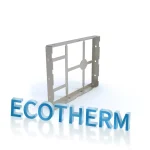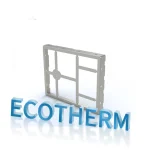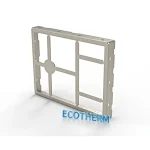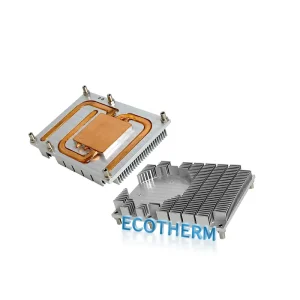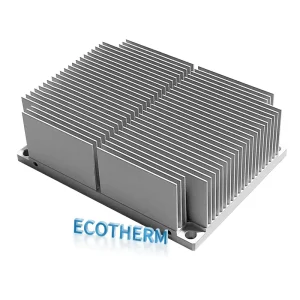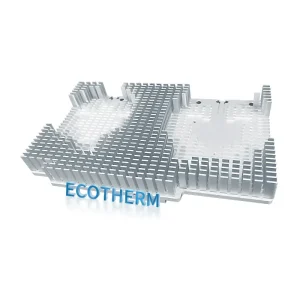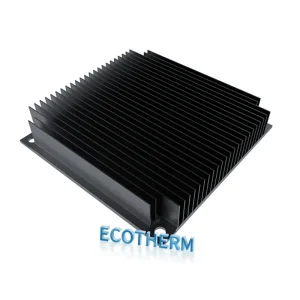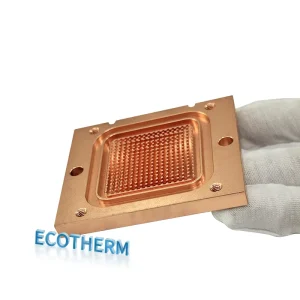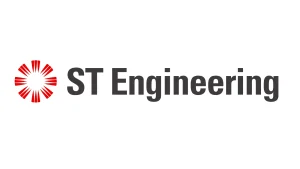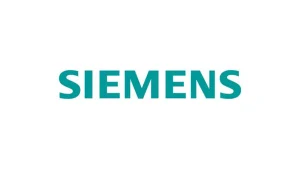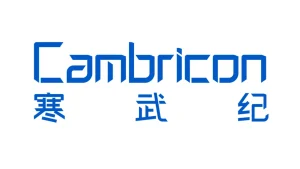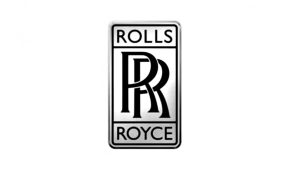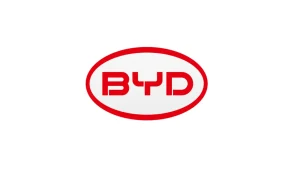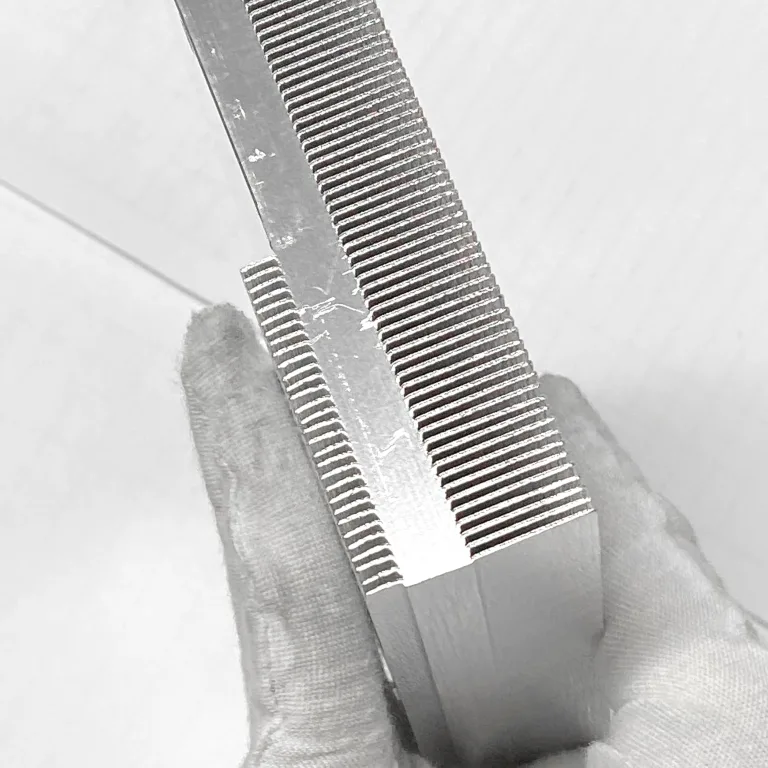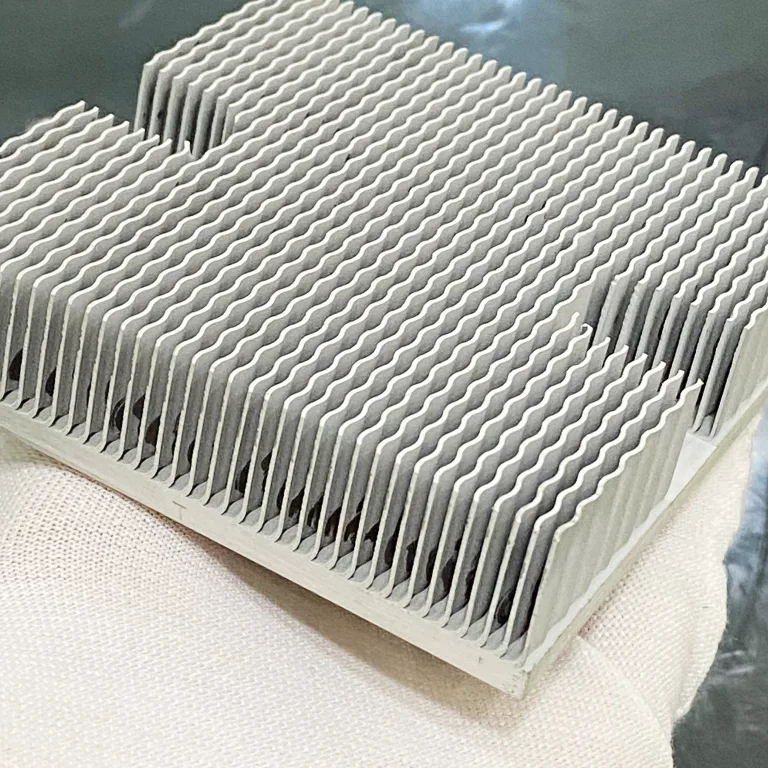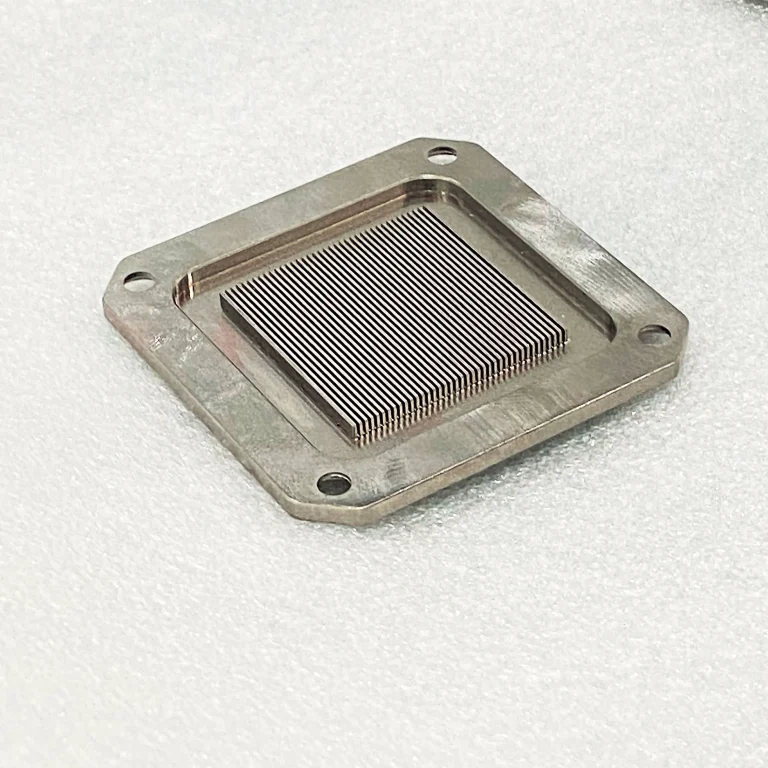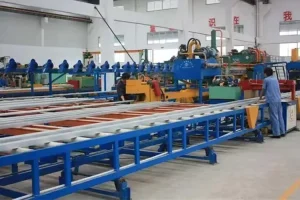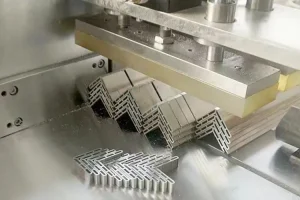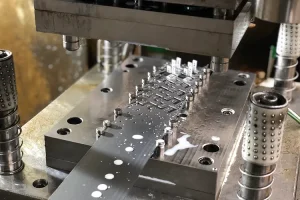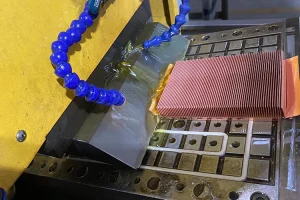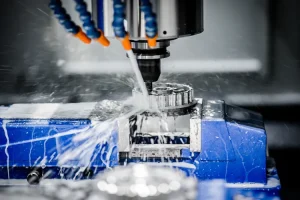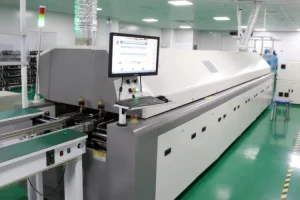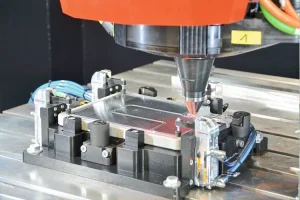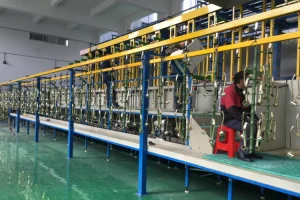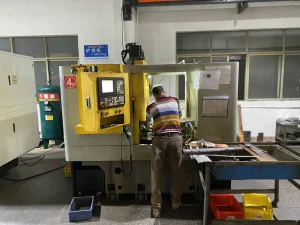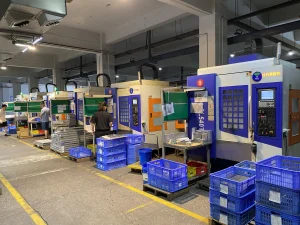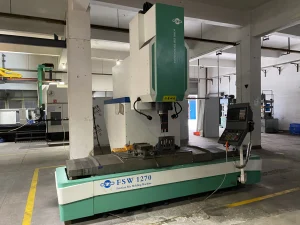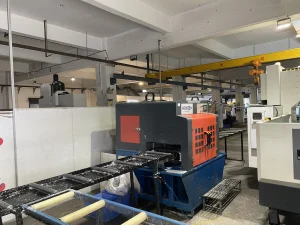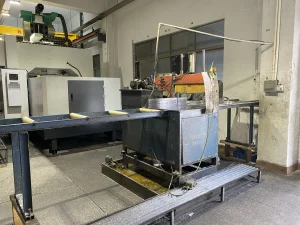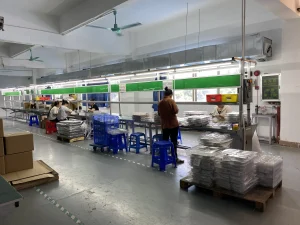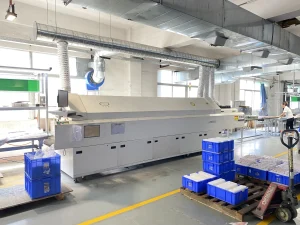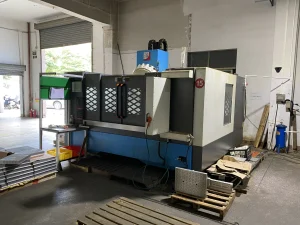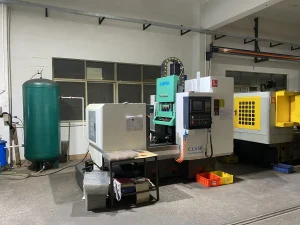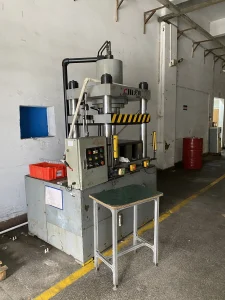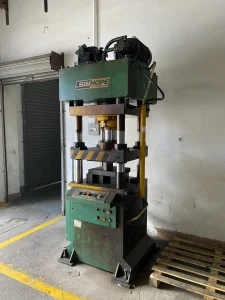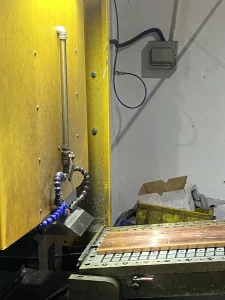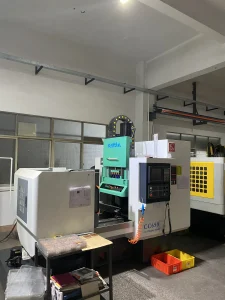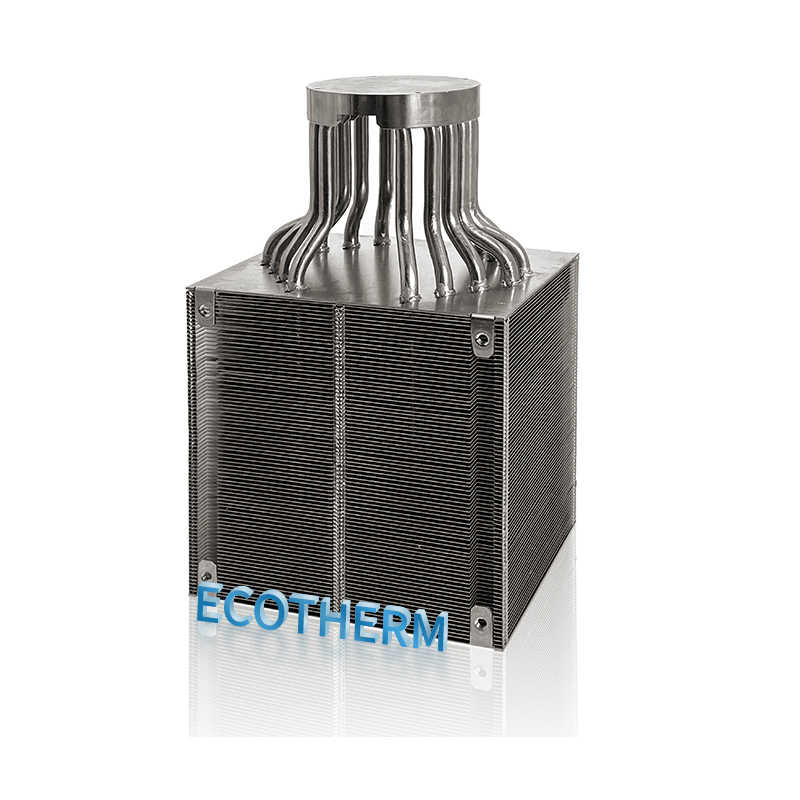Precision Stamping Parts: The Efficient Choice for Heat Sink Manufacturing
In the world of custom heat sinks, precision stamping parts play a vital role, providing an efficient and cost-effective solution for manufacturing. Stamping involves applying pressure to sheet metal, which deforms it within a die to create the desired shape. This process is not only fast and economical but also enables high-precision mass production.
Stamping Equipment and Process
The core equipment for producing stamped parts is the stamping press. There are various types, including mechanical and hydraulic presses. Mechanical presses use a crankshaft or eccentric wheel to generate force, making them suitable for high-speed, high-volume production. Hydraulic presses, driven by hydraulic cylinders, provide greater force and more stable speed, ideal for forming thicker materials.
The typical stamping production process includes:
- Uncoiling and Feeding: The rolled sheet metal (such as aluminum or copper) is uncoiled and fed into the press.
- Stamping and Forming: The material undergoes a series of processes within the press and die, such as punching, blanking, bending, and deep drawing, to gradually form the required part.
- Cleaning and Deburring: The formed parts are cleaned to remove oil and debris from the process, and deburred to ensure smooth edges.
- Surface Treatment: Depending on the application, stamped parts can undergo surface treatments like anodizing or nickel plating to enhance corrosion resistance and thermal conductivity.
Stamping Parts in Custom Heat Sinks
Stamping is widely used in custom heat sink manufacturing, especially for producing the following types of components:
- Heat Sink Fins: Thin, dense fins are the core of a heat sink. Continuous stamping can efficiently process large rolls of aluminum or copper sheets into high-precision fins, significantly boosting production efficiency.
- Brackets and Housings: Brackets for mounting heat sinks, fans, or other electronic components, and protective housings, can be mass-produced with stamping to ensure consistent dimensions and structural integrity.
- Clips and Connectors: Various clips and connectors used to secure heat sinks to chips or other devices can be stamped to ensure precise fit and easy installation.
Stamped Heat Sink Applications and Combinations
Because they are lightweight, low-cost, and suitable for mass production, stamped heat sinks are widely used in cost and volume-sensitive electronic products, such as:
- LED Lighting: Heat sinks for small LED light bulbs often use stamped aluminum fins to provide effective heat dissipation at a low production cost.
- Consumer Electronics: Stamped heat sinks are commonly used for cooling chips inside routers, set-top boxes, and small audio systems.
- Low-Power Modules: Stamped heat sinks provide passive cooling for heat-generating components inside power supply modules.
In practical applications, stamped parts are often combined with other cooling technologies to achieve better thermal performance. Common combinations include:
- Stamped Fins + Extruded Profiles: Combining thin stamped fins with an extruded profile base through welding or interlocking can effectively improve the overall performance of a heat sink while balancing cost and efficiency.
- Stamped Parts + Heat Pipes: Stamped fins can be press-fit onto heat pipes, leveraging the high thermal conductivity of heat pipes to quickly transfer heat from the source to the fins for dissipation. This is especially suitable for cooling high-power components like CPUs and GPUs.

